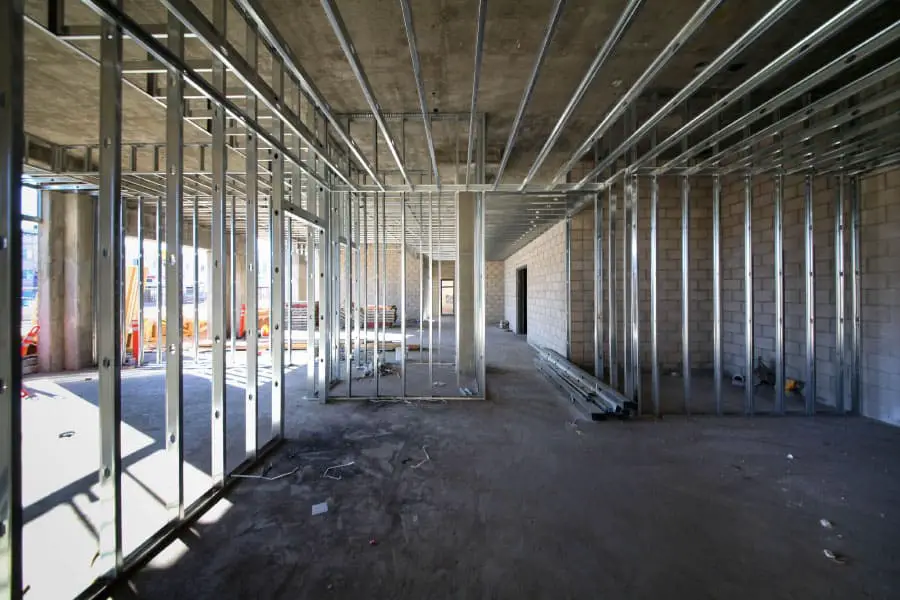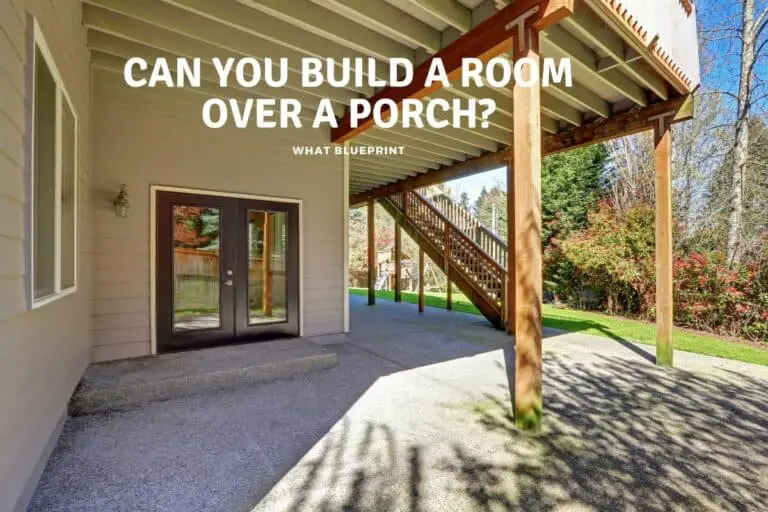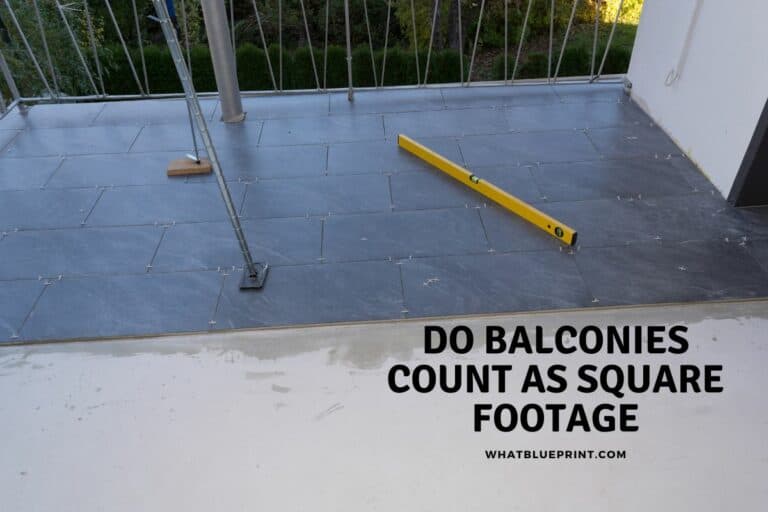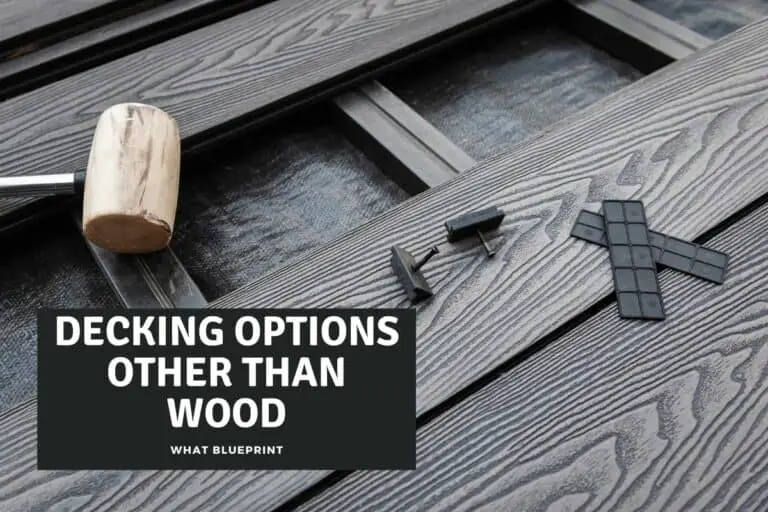Do Metal Studs Affect WiFi?
Wifi is everywhere, and it’s a requirement now for modern-day living. Many houses were built way before wifi became the mainstream, and some architect designs may hinder the strength of the signal being sent out.
Yes, metal studs will affect your wifi signal. Metal is a conductor, and as such, it can cause interference to the waves that transmit data between a router and a device.
In this article, we’ll be going into a brief description of how wifi works, what affects its performance, and how to make your wifi signal stronger at home. Mini optimizations such as these can contribute to better living in the long run.
I have metal studs, what do I do?
There is really nothing much that you can do. Any material actually will end up blocking wifi signals to a certain extent because building materials aren’t made to support your wifi usage; instead, they’re made to support your house.
Realistically, you won’t change your built environment just for a little bit of improvement to your wifi router. At most, you’ll have probably had a new wireline installed into your house or a change of wires depending on how much improvement you want for your wifi connection.
You can take different measures to mitigate the effects and disruptions that these materials can cause to your wifi usage. The extent of the benefits you will get from implementing these measures will be either minuscule or huge depending on your wifi router’s current set up.
Wifi and how it works
Everything that’s wireless transmits data and information through waves. The type of waves that wifi uses is on the higher end of the wave spectrum, meaning that these waves are long in period and allows wifi waves to give more data.
The concept of wifi is that the wifi router and the device communicate with each other by sending information. The router receives information from the device, for example, opening a web page, and the router sends back information for the device to receive.
Since its inception, there have been many modifications as to how these waves transmit data. It wouldn’t be surprising if, in the future, the speed we get from cables now will be the speed that wifi can send data.
What actually affects Wifi?
Since Wifi works by transmitting a signal through waves, there are multiple factors that can contribute to your wifi network slowing down.
Here are some of the factors that can slow down your wifi network:
Interference
If your home has many items that generate waves like radios, microwaves, nearby wifi routers, and the like. This will affect your Wifi router’s performance because the waves of the wifi in the air will end up getting scrambled.
Physical Objects
Physical objects will always affect the signal of any device. This is because of how waves work when they pass through physical objects. There are some pros and cons to this; imagine if microwaves weren’t contained or if nearby wifi signals interfered with each other.
There’s not much you can do to prevent physical barriers from weakening your wifi since the biggest disruptors are probably either the built environment or certain appliances that you can’t or not willing to move for stronger wifi.
Distance
It only makes sense that the waves emitted from wifi routers only have a certain amount of energy. The farther you are from the source, the weaker the signal, and thus the data will be transmitted less efficiently.
There’s not much you can do in this aspect. Wifi’s are tuned very specifically to balance the amount of data it can transmit certain data. If you were to theoretically increase the distance it could cover, then you would have to sacrifice the amount of data that can be transmitted.
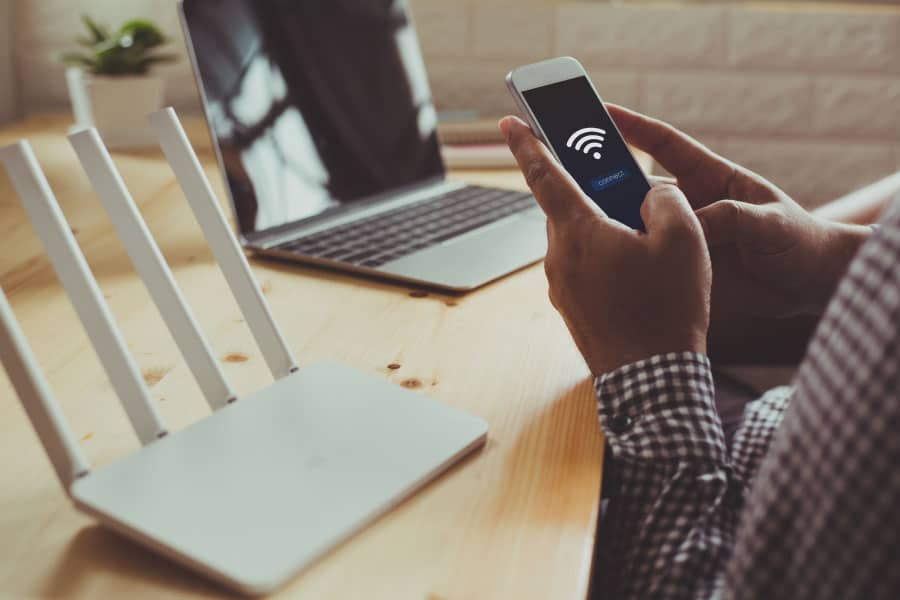
How to make the most out of your wifi?
To make the most out of your wifi connection, you’ll want to have a stronger connection.
There are a few steps that you can take to ensure that your wifi connection is at its most optimal usage.
- The router
The router should be in a central area and should be free from any nearby obstructions. Usually, the living room is the perfect place to put a router since this space is usually in the center part of the house.
There are some cases in which the router itself may be faulty. This is especially true for routers of an older model and operates at less efficiency than newer wifi routers.
- Wiring
Copper wires used to be the main way that the internet connection would go into the house, think of DSL or Dial-Up. The problem with copper wires is that it’s very susceptible to damage, and its capacity for transmitting and receiving data is quite limited.
If you really want faster internet, having optic fiber cables installed would really speed up your internet. Optic fiber cables are faster than copper wires because they use light to transfer data.
- Location in the house
I’m sure you’ve noticed that some parts of your house don’t receive wifi signals well. This is an unavoidable aspect considering the limitations that wifi modems have. A solution to this, especially if you really need a strong connection in that part of the house, is to have a repeater nearby.
As the name implies, a wifi repeater repeats the signal of the original wifi modem and sends out its own signal to the nearby area. Think of it as a messenger between your device and the modem.
- Other appliances
Other appliances such as your television, the microwave, radio, etc. will disrupt your wifi signals. However, these types of appliances shouldn’t be moved to make your wifi stronger because it’s always a better practice to move your wifi router instead.
- Data plan
If you really need that extra speed, then the simplest solution would be to pay for faster internet. Faster internet requires more resources from the provider to allocate to your connection, thus the price increase.
Do architects take wifi into account when planning buildings?
No architect’s do not consider wifi as an essential part or need when planning buildings. At this point, it’s up to the homeowners to adjust to seeing to it that they have wifi throughout the entire building.
It’s just a fact that most buildings that are up today and that shape our buildings are well before the concept of wifi became popular. There have been further innovations in the industry regarding connections as architects and experts work together to create buildings that can transmit data better and faster.
Conclusion
Wifi is an essential part of our everyday living in today’s day and age. Being connected to the internet is a requirement for nearly all facets of life: education, transportation, work, entertainment, etc.
The quality of our access to the internet can greatly affect our effectiveness in performing when it comes to anything online-related. An extra few seconds of loading time adds up, considering how long we use computers nowadays. Having a strong internet connection throughout the house allows you to move freely and still be connected instead of just having to stay near.

